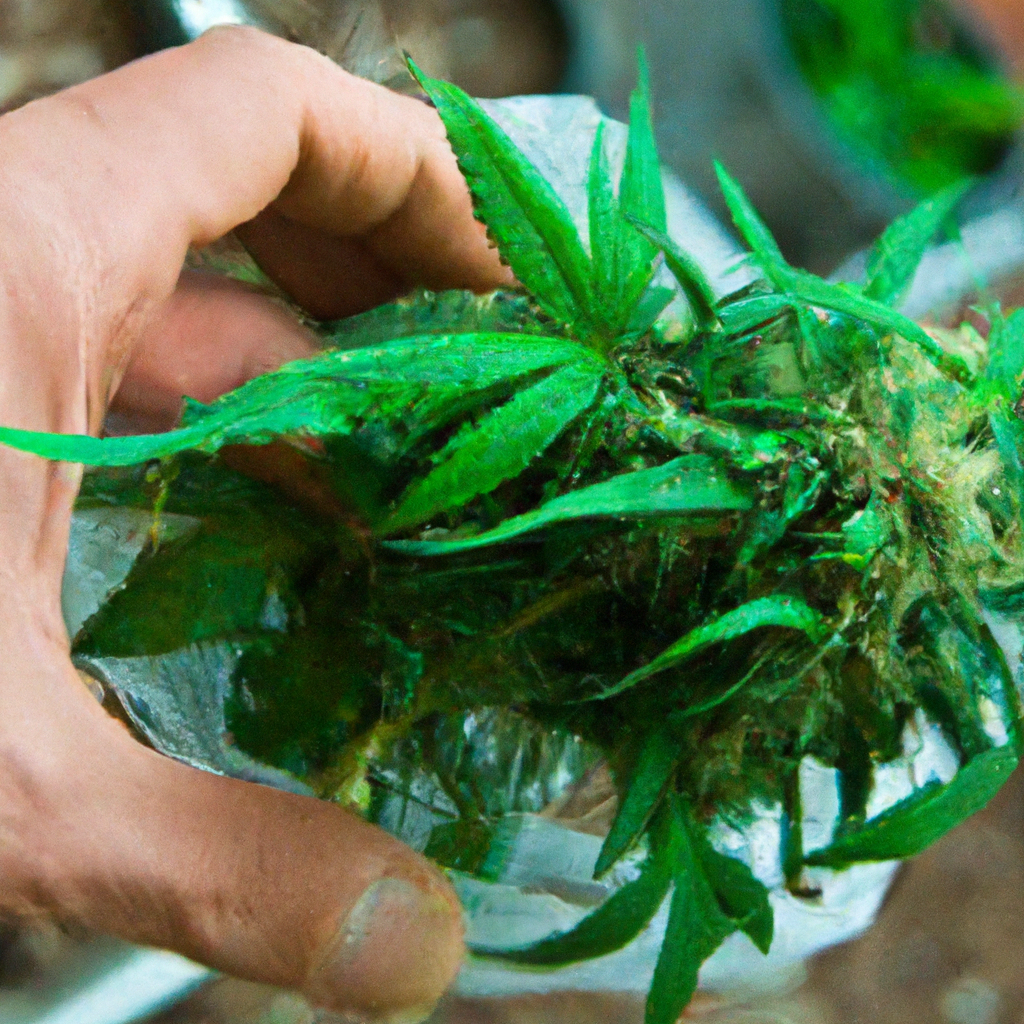Welcome to the foundational steps of cannabis cultivation: propagation. Whether you’re aiming to cultivate high-yielding plants like my beloved “Magic Kush” or simply explore the joy of home growing, understanding propagation is key. In this guide, I’m here to demystify propagation methods for beginners and ensure your cannabis journey starts on the right foot.
Cannabis Propagation: An Introduction
Propagation refers to the process of reproducing plants from seeds or cuttings, allowing you to establish a thriving grow from scratch or maintain the genetic lineage of an ideal strain. It’s the critical first step before your plants hit the ground running.
How-to Guide: Starting from Seeds
Growing from seeds is akin to unlocking the genetic potential of a plant. Here’s how you can get started:
- Seed Selection: Choose seeds from a reputable source to ensure genetic stability. Consider strains suited to your growing conditions, like high-altitude sativas such as “Starlight.”
- Germination: Place seeds between damp paper towels, keeping them moist and warm. In 1-3 days, they should sprout tiny roots.
- Transfer to Soil: Once the roots appear, plant the seeds in a light potting mix, covering them with a thin layer of soil—just enough to avoid light exposure.
- Lighting: Use a gentle, continuous light source to help seedlings establish. Optimal lighting fosters robust early growth.
Cloning: Preserving Genetics
Cloning ensures you replicate stellar plants, preserving their genetics and characteristics. Here’s how:
- Select a Healthy Mother Plant: Decide on a plant that exhibits desirable traits like potent aroma or resinous buds.
- Cut a Suitable Clone: Snip a cutting below a node on the plant. Aim for a length of 4-6 inches with a couple of leaves.
- Root the Clone: Immerse the cut end in rooting gel to promote growth. Then, place it in rock wool or a cloning medium, providing moderate humidity and light until roots develop.
Hydroponic Beginnings
If you’re intrigued by soil-free growing, hydroponic propagation might be your choice. In this method, seeds or cuttings are placed in a nutrient-rich water solution, encouraging quick root development.
For beginners venturing into hydroponics, ensure stable pH and nutrient levels to optimize plant health and yield.
Conclusion
Starting your cannabis cultivation journey with thorough propagation sets the stage for success. Whether using seeds or clones, these fundamental techniques give each plant the best chance to grow robustly and produce high yields. As you establish your roots, remember—the altitude makes us tougher and so does proper propagation.
Tags: Beginner’s Guide, Education Insights, Sustainability


Leave a Reply